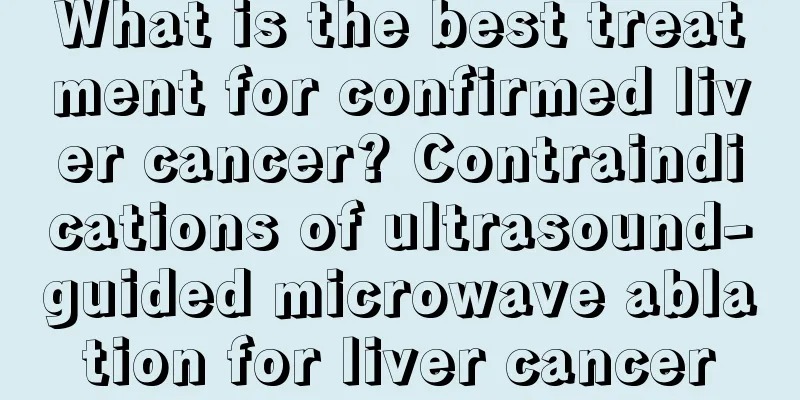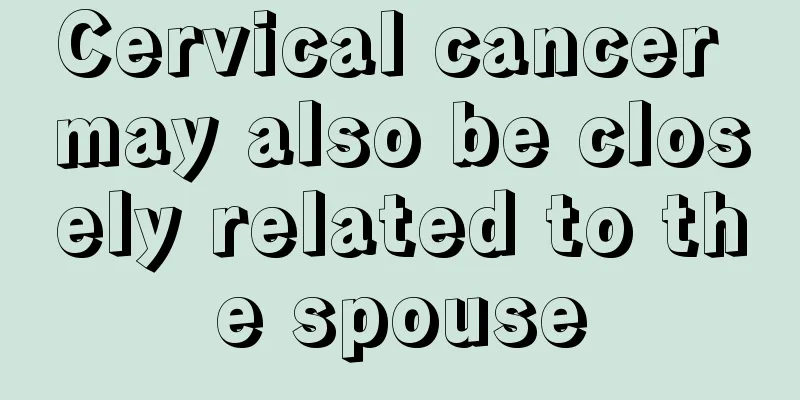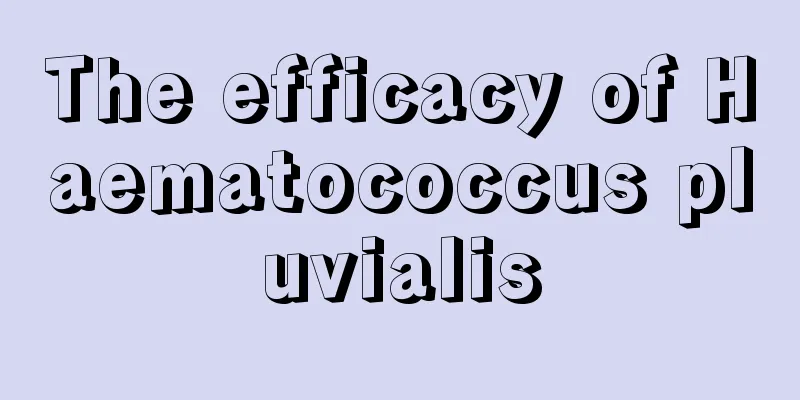What is the best treatment for confirmed liver cancer? Contraindications of ultrasound-guided microwave ablation for liver cancer

|
In addition to traditional surgical resection and hepatic artery interventional embolization treatments for liver cancer, new methods invented in recent years include minimally invasive treatments represented by microwave, radio frequency, and argon-helium knife, drug targeted therapy represented by sorafenib, as well as biological immunotherapy and liver transplantation. Among them, the most effective, safest, with the least side effects, the most economical, the simplest to operate and the shortest operation time is the cold circulation microwave ablation treatment technology. Ultrasound-guided percutaneous microwave ablation has great advantages in the treatment of space-occupying organs in the liver or other organs because of its real-time guidance and monitoring, precise positioning, complete ablation, no radiation, immediate inspection during surgery and repeated multiple times in a short period of time. Therefore, in recent years, it has been widely promoted and applied in the fields of liver cancer, kidney cancer, lung cancer, prostate cancer, thyroid cancer, gynecological tumors, etc., and even satisfactory results can be achieved for middle and late stage tumors. Ultrasound-guided percutaneous microwave therapy has a wide range of indications. It is applicable to patients with primary liver cancer who do not have severe liver and kidney dysfunction or severe coagulation dysfunction, patients with recurrence after liver cancer resection, and patients with liver metastasis. However, this treatment method also has certain contraindications. Contraindications of ultrasound-guided microwave ablation for liver cancer 1. Severe coagulation dysfunction, platelet count <40*109/L, prothrombin time >30s, thrombin activity <40%, and no improvement after blood transfusion, hemostatic drugs and other treatments. 2. A large amount of ascites. After liver protection and diuretic treatments, there is still a lot of ascites in front of the liver. 3. Patients with severe hepatic encephalopathy and mental confusion. 4. The tumor is too large, such as exceeding 2/3 of the liver volume, or it is diffuse liver cancer. 5. If there is acute or active infection in any part of the body, treatment can only be given after the infection is controlled. 6. Use with caution if the tumor is less than 0.5 cm away from the liver hilum, common bile duct, left and right hepatic ducts, or gallbladder. |
Recommend
Surgical risks and cure rates of nasopharyngeal carcinoma
Surgical risks and cure rates of nasopharyngeal c...
What are the effects of Agui Nourishing Blood Syrup
The main ingredients of Agui Blood-Nourishing Syr...
Can drinking chrysanthemum tea help get rid of acne?
Getting rid of acne is a very hot topic in life, ...
What are the treatments for liver cancer
Nowadays, people are paying more and more attenti...
Learn how traditional Chinese medicine treats bone cancer?
In recent years, bone cancer has become one of th...
Does occult blood in urine mean nephritis? Does occult blood in urine mean nephritis?
In medicine, occult blood in urine mainly refers ...
What are the wonderful uses of white radish
White radish is a common vegetable in our lives. ...
Should I drink raw Pu'er tea or cooked tea in summer?
All year round, there are various kinds of tea to...
How to clean moldy clothes
There are more rainy seasons, and the weather bel...
Experts explain: Is liver cancer contagious?
Liver cancer is the third most common malignant t...
What tea to drink in summer to remove moisture
As one of the most traditional drinks in China, t...
How to diagnose hamartoma renal cancer
Renal hamartoma, also known as renal mesenchymal ...
Women's Endometrial Cancer Hospital
Which is the best hospital for the treatment of e...
What are the effects and functions of moxibustion of licorice
In fact, moxibustion of licorice has great medici...
How long to steam the flower rolls
The northern region is rich in wheat and therefor...









